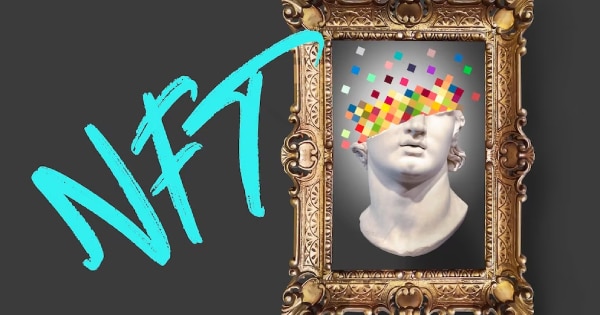Recently the Bitcoin world has been divided by something called Ordinal NFTs. When the Bitcoin network implemented the Taproot upgrade, a developer found a way to inscribe NFTs on one Satoshi, which is a subunit of Bitcoin. For the uninitiated, one hundred million Satoshis equals one Bitcoin. The NFTs are in a format called Ordinals. Without going into the technical specifics of how this is done, basically inscribing NFTs on Bitcoin is now possible. The market value that has gone into these Bitcoin NFTs has exceeded one billion dollars in a very short time.
However this new technical development has split the Bitcoin world, whose hardcore believers are known as Bitcoin maxis. Historically, the Bitcoin maxis have frowned on non-Bitcoin chains like Ethereum and the thousands of other cryptos. These maxis have made Satoshi Nakamoto’s Bitcoin Whitepaper as their raison d’etre, or reason for being.
Nakamoto’s original vision was really to create a new type of money that would replace the need for gatekeepers of the traditional finance world, the banks and other traditional finance institutions. Bitcoin made its global debut through the white paper in 2008, the same year that the global financial system almost crashed because of the subprime crisis. In fact, the very first Genesis block for Bitcoin contained the following message, “The Times 03/Jan/2009 Chancellor on brink of second bailout for banks.”
Bitcoin over the past fourteen years has sold itself as “digital gold.” The price changes regularly, but it is safe to say that it costs several thousand dollars to buy one Bitcoin these days. It has been positioned to eventually be used by traditional finance giants, banks, hedge funds, sovereign wealth funds, and the like. These are very staid, formal institutions.
The new Ordinal NFTs do not just bring a new technology capability into this very formal, staid fourteen year old technology, one that captures most of the value of the more than one trillion dollar crypto market. They also bring fun and light NFTs. Also possibly other digital assets that can possibly be imprinted using this technology.
Not everyone is onboard. Bitcoin advocate Michael Saylor believes that Ordinal NFTs will help with Bitcoin adoption. On the other hand, Bitcoin developer Luke Dash Jr has called for implementing a spam filter on the Taproot upgrade and is vehemently against these Ordinal NFTs.
The increased usage of the network unfortunately has clogged the Memory Pool (Mempool) and several hundred thousand transactions are slowing down the network and increased the transaction fees. Consider also that many NFTs are also rugpulls, and the frauds that are happening in the other chains like Ethereum may also come to Bitcoin.
Try looking at the new coins being introduced daily on Coinmarketcap, the industry token tracking service. Most of the tokens being released these days are meme coins. Many people will lose their money by piling into these coins and will be the ones left holding a bag of useless worthless tokens. That is what Bitcoin could become, if they pursue this path.
Personally the Bitcoin network can do whatever it wants to do, but it has to choose. It cannot be a secure digital gold like store of value for finance and also be a fun and sometimes fraud prone NFT chain. The messages clash. If Bitcoin has been a hard sell to the traditional finance world, if frauds and rugpull NFTs become associated with it, that message becomes impossible to sell.
Imagine if gold was mixed with iron as an alloy and sold as a store of value. It won’t work. Gold is pure and pristine. If they adulterate Bitcoin with different meme and rugpull NFTs, it will become Fool’s Gold.

